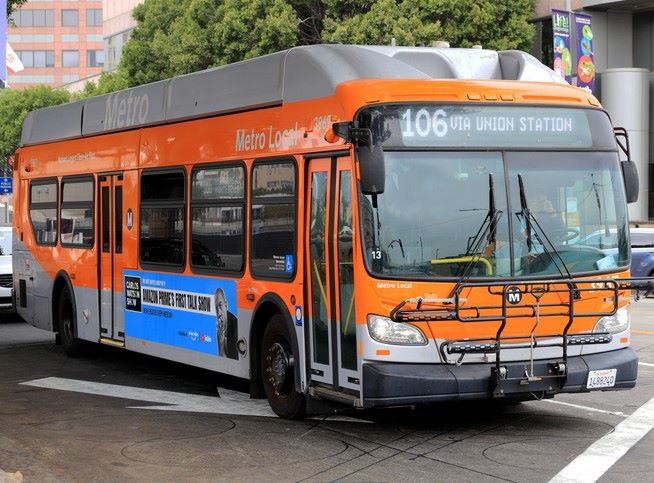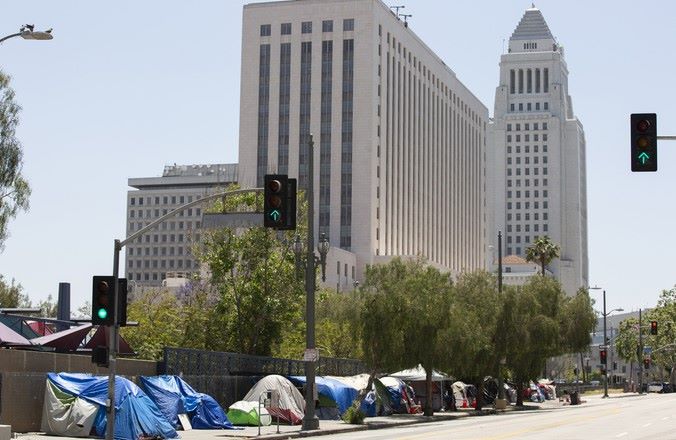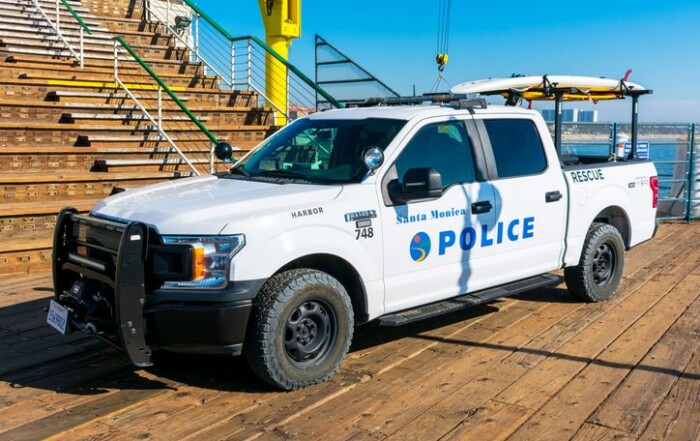On Tuesday, The Public Safety Committee received a Los Angeles Metropolitan Transportation Authority (Metro) presentation on the agency’s Ambassador program. This three-to-five-year pilot program was created to support riders, from providing directions to resources available for people experiencing homelessness.
Metro has 346 ambassadors who play a public safety role, reporting acts of vandalism at stations and carrying Narcan to counter drug overdoses. The presence of the ambassadors at stations is also supposed to make riders feel safer about taking public transportation, while also reporting things so that law enforcement and transit security can respond more quickly. There is also an app called Transit Watch where riders can contact security, as well as an emergency call button on each car.
Metro has placed 80 percent of ambassadors on the rail system, with 20 percent on buses.
Westside Councilwoman Traci Park said she has staff who use Metro every day that were unaware an app existed.
“I suspect that lack of familiarity with the access on how to report contributes to actual underreporting of the crime, and we don’t really know where it is, or how to deploy resources if we’re not, people don’t know what to do,” said Park. “In those circumstances, because I heard that all the time – to echo what Councilwoman Rodriguez said – that people don’t see anyone, they don’t have anyone to ask, there’s no help on board that they can find.”
According to the Metro Interactive Estimated Ridership Stats, in April there was an estimated 20.5 million ridership across Metro buses, with 5.7 million ridership across rail.
Data released from the Los Angeles County Sheriff’s Department, one of the law enforcement agencies contracted to provide law enforcement services along the Metro system, found that the vast majority of violent crimes committed between May 2023 and April 2024 were perpetrated by people who didn’t pay the required fare before riding.
A recent report on public safety between January and March of 2024 shows 1,719 crimes, including non-violent incidents. During the same period last year, there were 1,034 reported incidents. There has been a 65-percent jump in total crime in the first three months of 2024.
“The majority of these incidents, for the most part, have been occurring on the buses. And the majority of our ridership is on the buses, and yet your attention and investment in personnel staffing is on the rail,” Councilmember Monica Rodriguez complained.
Rodriguez said she recently rode the Metro bus unannounced from Pacoima to the North Hollywood Station, then took the rail to the Civic Center to observe any issues due to recent violence on the Metro.
“I did see a substantial LAPD presence, for example, at the North Hollywood station. They were in the midst of an arrest. I did observe ambassadors get on the train. It was stationed there for about 12 minutes before its departure,” said Councilwoman Rodriguez.
She said she watched three Metro Ambassadors jump onto the first train adjacent to the exit of the escalator and complain very loudly about having to wait 12 minutes for the train to depart.
“I watched these Metro ambassadors, three of them jump right onto the first train adjacent to the exit of the escalator, not check. I personally went looked at every cab to see so many people asleep, slumped over, and Metro ambassadors didn’t make any visible attempt while I was making the observations by each car,” Rodriguez continued. “Not once through the entire course of the ride did I see an ambassador make any effort or attempt at connecting in any other cab. I did witness someone smoking while I was there.”
She went on to add that what she witnessed didn’t strike a lot of confidence in her, and that it raised some very significant concerns about public safety.
“Do you care about the working poor, that have no alternative means of transit, to get to their jobs, or for the students that have to get to their school? I spoke to many of these individuals on that ride. And so I’m really eager to hear more about what has been done, what the shift is going to look like,” said Rodriguez.
Jennifer Vides, Chief Customer Experience Officer at Metro said the goal is to have the right response for each kind of situation.
“The situation that we’re dealing with right now is very complex. Obviously, we all know that the pandemic made things a little more difficult for transit agencies across the country, not just us. And so that’s why we brought in a number of different layers of people resources to come in to address the issues on the system,” said Vides “So like I said, in addition to the people resources, we’re also using your technology as well as some station interventions to fine-tune the way that the stations are used, so that they’re not being used for the wrong purposes.”
Following several violent incidents involving operators, Metro approved the installation of protective barriers for drivers on roughly 2,100 buses.
Photo by Laser1987 from iStockphoto.com.
Stay informed. Sign up for The Westside Voice Newsletter
By clicking submit, you agree to share your email address with Westside Voice. We do not sell or share your information with anyone.








